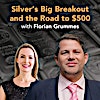Here Are Different Ways to Invest in Precious Metals
People who are looking to invest in precious metals are presented with a mind-boggling number of choices in this day and age including physical gold and silver bullion, mining stocks, exchange-traded funds (ETFs), and derivatives such as futures & options. Over the past couple of decades, there has been an explosion in the number of financial products that are designed to track the price of gold and silver. For most of history, however, physical bullion was the only way to invest in precious metals, which certainly made it easier to choose. In this article, we will discuss the different ways to invest in gold and silver and help you to decide which is the best option for you.
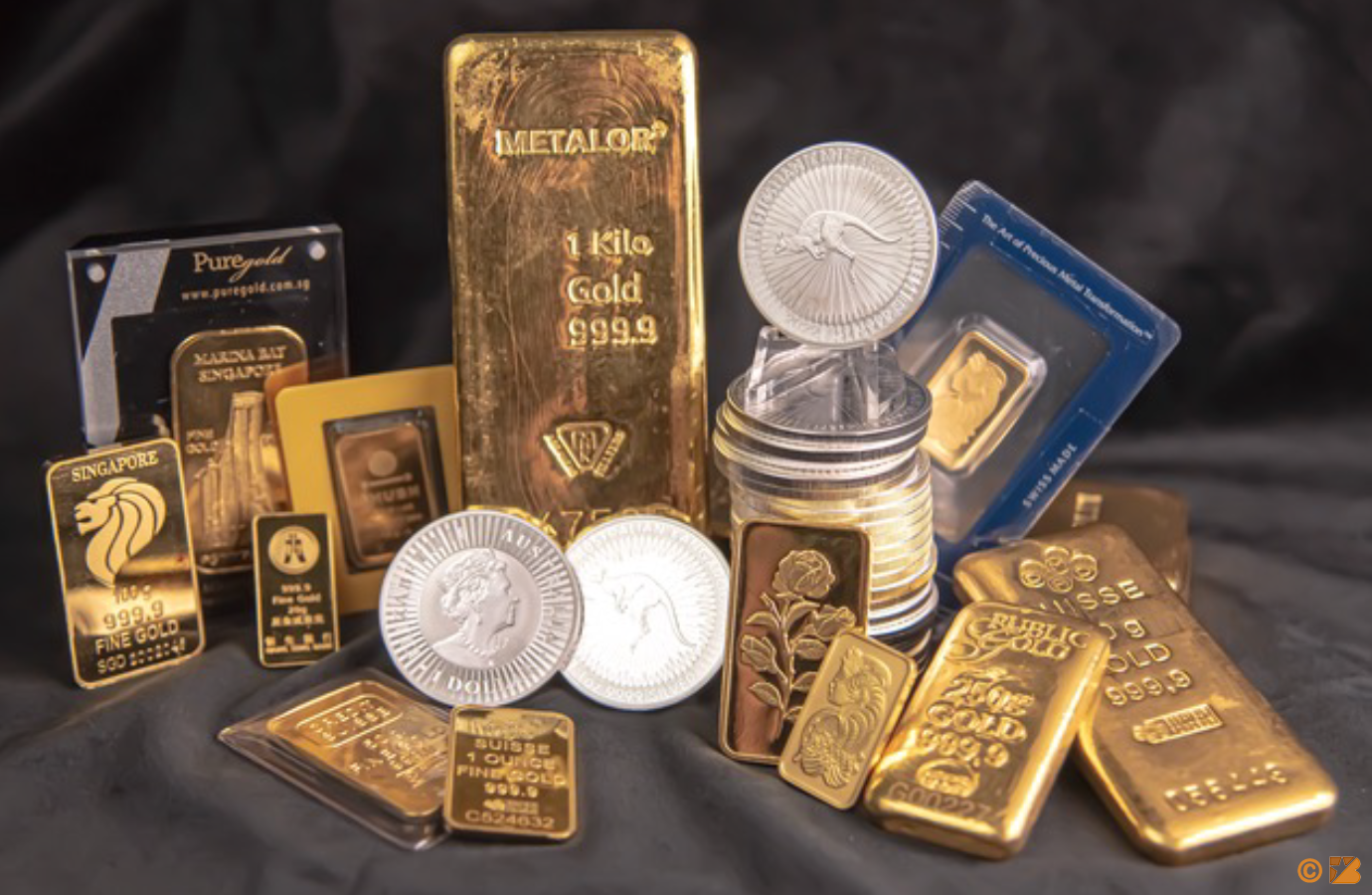
Bullion Bars & Coins
Physical gold and silver bullion are the most traditional, straightforward, and intuitive way of investing in precious metals by far. Bullion is a term used for bars, ingots, or coins that are made from precious metals and are intended for investment purposes rather than circulation the way common coins such as pennies, dimes, and quarters are. Bullion bars and coins are minted in standard weights including 1 oz, 10 oz, 100 oz, and 1 kilogram, and standard metal purities such as 91.667% gold or 99.99% gold or silver. The word bullion comes from the old French word “bouillon,” which means “to boil” — a reference to the gold and silver refining process. You may recognize the word “bouillon” from bouillon cubes that are used for making soup and, yes, it’s the same word!
Gold and silver have inherent value thanks to their natural beauty, resistance to tarnishing, divisibility, malleability, ductility, useful chemical and electrical properties, scarcity, and high cost and difficulty of extracting from the earth. Unlike most other assets or investments, physical gold and silver have no counterparty or default risk, which are highly desirable traits in both good and bad times alike. Physical gold’s lack of counterparty or default risk is greatly valued by central banks, which hold large quantities of gold bars in their secretive vaults. Precious metals’ unique characteristics have convinced humans from very disparate cultures and historical periods to use them as stores of value for over 6,000 years.
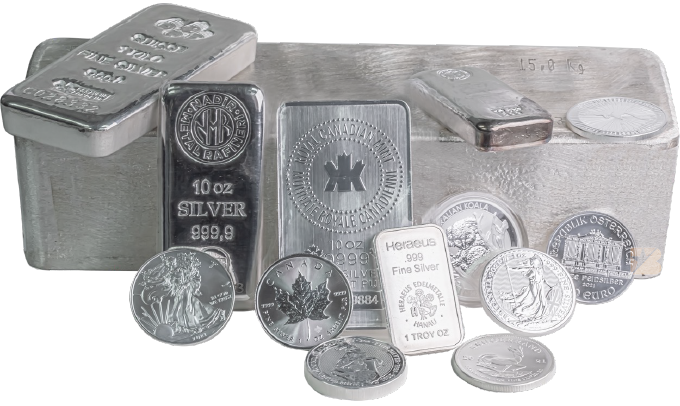
There are numerous mints and precious metals refineries around the world that produce high-quality bullion products for investment purposes. If you are looking for gold or silver bars, you should consider those made from highly respected refiners including Switzerland’s PAMP, Argor-Heraeus, and Valcambi, the Royal Canadian Mint, and Heraeus of Germany. Virtually all bullion bars produced by those refiners are made from at least 99.99% pure gold and 99.9% pure silver.
When considering which gold and silver bars to buy, it’s a good idea to stick to mints and refiners that are listed on the prestigious London Bullion Market Association (LBMA) Good Delivery List for gold and silver as those companies produce the highest quality bullion products that are actively traded in the secondary market if and when you eventually decide to sell them. Gold and silver bullion bars from respected refineries and mints always have the refiner’s logo and stamp, weight, purity, and unique serial number (in some cases) impressed onto their surface.
If you prefer to invest in gold and silver bullion coins, there is a wide variety to choose from. Due to their high quality and recognizability, the best gold and silver bullion coins are produced by official government mints such as the United States Mint, the Royal Canadian Mint, the United Kingdom’s Royal Mint, the Austrian Mint, and Australia’s Perth Mint. One troy ounce is the most common bullion coin weight by far, though the most popular bullion coins are also available in smaller sizes such as 1/10 oz, ¼ oz, and ½ oz. Aside from some special edition coins, most bullion coins aren’t available in sizes larger than 1 oz, so if your goal is to invest in larger bullion pieces, bars are your best option.
As with bullion bars, most bullion coins are made from at least 99.99% pure gold and 99.9% pure silver. Some of the most famous and sought after gold and silver bullion coins are American Eagles, American Buffalos, Canadian Maple Leafs, South African Krugerrands, United Kingdom Britannias, Austrian Philharmonics, and Australian Kangaroos. Mints typically issue bullion coins each year and include the year of issue on the coin along with its weight and metal fineness.
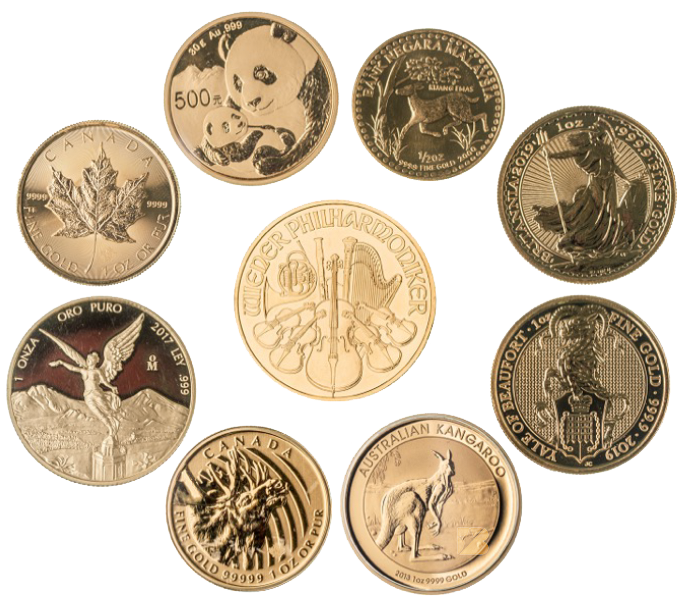
One of the many positive aspects of owning physical gold and silver bullion over non-physical precious metals is that you own the actual metals themselves — not mere paper claims on precious metals. Furthermore, you have the choice to keep your bullion in your possession at your home or in a safe deposit box, or you can have your precious metals stored in a vault that is managed by a reputable custodian.
If you decide to have your gold and silver stored in a vault, it is very important that they are stored in an allocated manner, which means that the custodian will store your exact bullion products for you rather than issuing you a paper claim on an equivalent amount of bullion. In addition, it is wise to choose a precious metals vaulting service that is independent, resides outside of the banking system, is fully insured at full replacement cost, and conducts regular physical audits. BullionStar’s comprehensive and ultra-secure vault storage service fulfills all of the criteria listed above and gives clients the ability to manage their bullion holdings online at all times.
Click the links to see BullionStar’s selection of gold bars, gold coins, silver bars, and silver coins.
Exchange-Traded Funds (ETFs)
Exchange-traded funds or ETFs are open-ended funds that trade on major stock exchanges and are designed to track stock indexes, stock market sectors, and commodities such as oil and precious metals. One of the appeals of ETFs is that they allow retail investors to easily invest in commodities from their brokerage accounts without having to deal with the risk and complexity of futures and options trading. Several gold and silver ETFs were introduced in the mid-2000s including the SPDR® Gold Shares ETF (ticker symbol: GLD), the iShares Gold Trust ETF (ticker symbol: IAU), and the iShares Silver Trust (ticker symbol: SLV) and quickly attracted billions of dollars worth of inflows from investors.
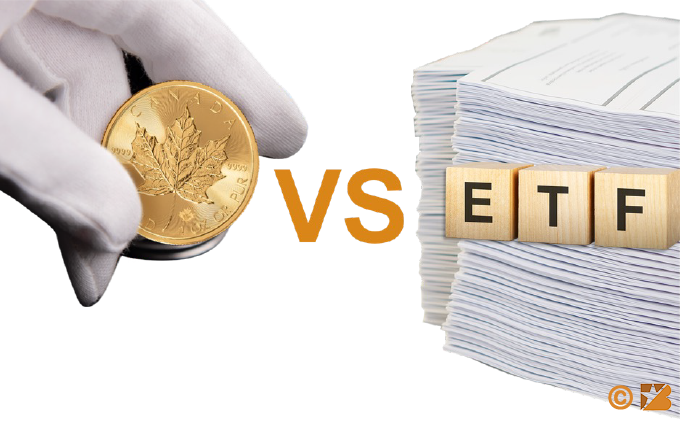
While most people automatically assume that gold and silver ETF shares are backed by physical gold and silver bullion, that is simply not the case for many of them. In reality, precious metals ETFs simply track gold and silver spot prices but don’t actually give their investors any claims on physical gold and silver, let alone the ability to convert their ETF shares into actual bullion that they can take delivery of. In other words, gold and silver ETF investors are merely shareholders rather than holders of physical gold and silver, which is a very important distinction to be aware of.
In addition, precious metals ETFs that do actually hold physical bullion typically do so in the form of large 400 oz gold bars or 1000 oz silver bars, which makes it impossible to sub-divide the metals into smaller quantities. The gold and silver bullion is held in a pool and is not allocated to any of the ETF unit holders either jointly or separately. Click here to learn more about the mechanics of precious metals ETFs.
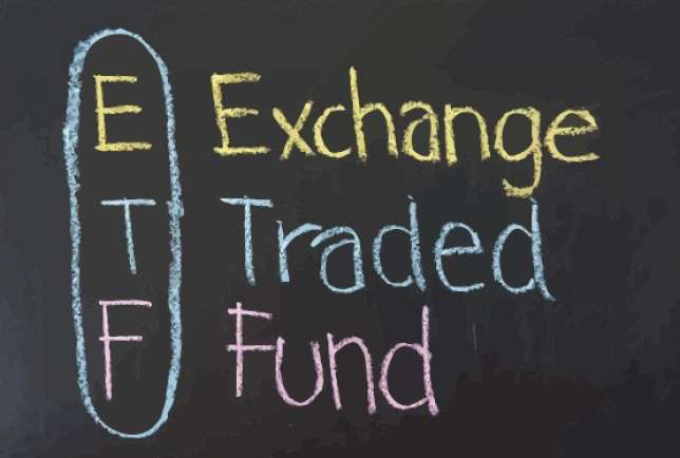
Another downside of gold and silver exchange-traded funds is their lack of transparency due to the fact that their gold and silver bars are held in secretive vaults in undisclosed locations. It is virtually impossible for ETF holders — even sophisticated institutional investors — to visit those vaults to verify whether they hold the metals that they claim to hold, let alone conduct an independent audit of those metals.
Despite their seeming simplicity on the surface, gold and silver exchange-traded funds are deceptively complex and have a bewildering number of moving parts, intricate prospectuses, and a tangled web of custodians, trustees, marketing agents, Authorized Participants (APs), and issuers. In simple terms, the sheer complexity of gold and silver ETFs dramatically increases the counterparty risk for ETF investors, which ironically negates one of the main benefits of investing in precious metals, which is their lack of counterparty risk.
Though gold and silver ETFs function well enough in ordinary times, there’s no guarantee that they will hold up in times of extreme financial stress and chaos of the type that precious metals investors are trying to protect themselves from in the first place. Some so-called precious metals ETFs don’t even hold any physical precious metals and simply rely on the use of futures, options, and other derivatives to track the price of gold, which adds another layer of complexity and risk such as the potential failure of those derivative products during a financial crisis.
Fees are another factor to consider when investing in gold and silver exchange-traded funds. It’s expensive to run a complex operation such as an ETF, so holders are charged annual and quarterly fees that then eat into investment returns. When the world’s most popular gold ETF, the SPDR® Gold Shares (ticker symbol: GLD), was launched in November 2004, each unit was worth 0.1 ounce of gold. Due to the fees and expenses that have accumulated since then, each unit is worth only 0.092550 ounces of gold — a 7.45% decrease.
ETFs may be a practical way to trade gold and silver in the short run during non-crisis times, but bullion is the far superior way to actually invest in precious metals over the long run — especially if you intend hold them in anticipation of the coming global financial crisis and reset that we expect to occur in the not-too-distant future.
Gold & Silver Mining Stocks
Before the advent of gold and silver exchange-traded funds in the mid-2000s, gold and silver mining company shares were one of the most popular ways to gain exposure to precious metals — particularly during their bull markets in the 1970s and 2000s. The appeal of gold and silver mining stocks is that they typically track precious metals prices because higher prices mean that mining revenues and profits should increase. There are a number of different types of gold and silver mining companies including exploration companies, integrated mine exploration and development companies, and royalty streaming companies.
While mining shares tend to follow gold and silver prices overall, there is no guarantee that they will, and they often diverge and even underperform gold and silver prices. In addition, a key hallmark of gold and silver mining shares is their extreme volatility — both in general and compared to gold and silver prices. Some investors appreciate and actively seek out gold and silver mining shares for that very volatility, but it is a double-edged sword, and many investors have seen their mining share portfolios lose 50% or even more during downturns. Investors who are interested in wealth preservation and sleeping well at night should probably stay away from mining shares.
Gold and silver mining shares are notorious for underperforming precious metals prices — even during bull markets in gold and silver. Indeed, gold and silver mining shares have largely stagnated and even declined since 2008, even though gold and silver prices themselves have increased significantly. Growing shareholder frustration with the poor performance of mining company shares has led to the rise of lobbying groups such as the Shareholder’s Gold Council that call for greater accountability and transparency from mining company boards of directors.
Investors who are simply looking to gain exposure to gold and silver take on quite a bit of additional risk when they decide to invest in mining shares and are typically not compensated well enough for that additional risk. Not only are they exposed to ordinary gold and silver price fluctuations, but they are also exposed to company-specific risks including the competence of management and the board, as well as risks that come with operating in the unstable and dangerous countries where precious metals are often mined. Other risks include rising energy and labor costs, as well as rising regulatory burdens as the world becomes increasingly “green,” for better or for worse.
Aside from company-specific risks that diversification can help to mitigate, gold and silver mining share investors are also exposed to systemic risk from the overall stock market, which is not possible to mitigate through diversification. Gold and silver mining shares often fall very hard during general bear markets. For example, the NYSE Arca Gold BUGS Index plunged by an incredible 71% in just seven months during the 2008 Global Financial Crisis.
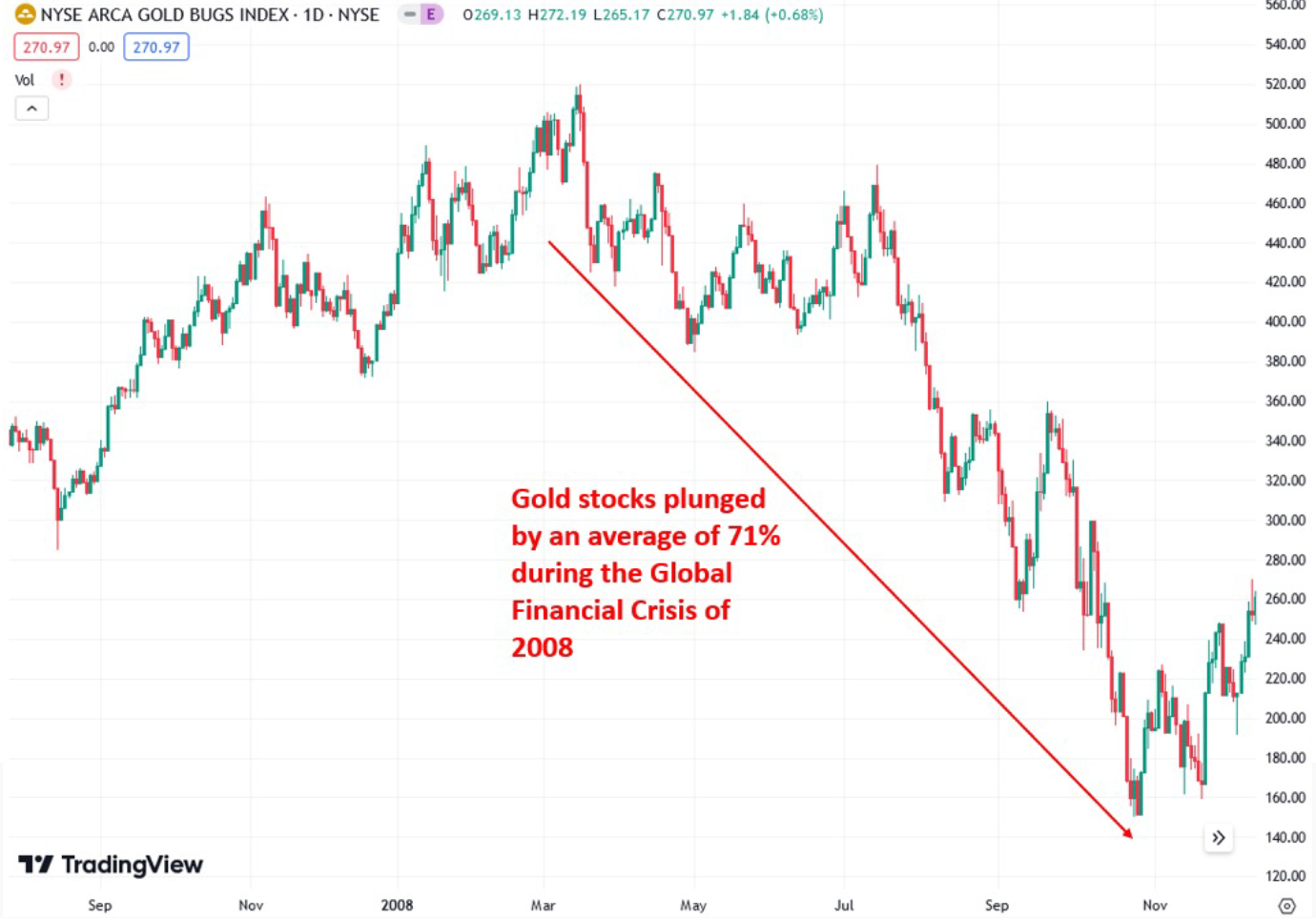
As with gold and silver ETFs, mining shares may be an option for shorter term traders, but physical gold and silver are a far wiser choice for long-term investors who are looking to hedge themselves against the coming collapse of our unsustainable debt-based global financial system.
Gold Future
When listing speculative vehicles for short-term trading, we’d be remiss if we didn’t discuss gold and silver futures. Futures are derivatives contracts that trade on exchanges that allow market participants to lock in the price of a commodity, stock index, currency exchange rate, etc., for the purpose of hedging or speculating. In simple terms, futures track the price of an underlying commodity such as gold or silver, which is why they are commonly used to gain exposure to precious metals without having to actually buy the physical metals themselves.
In the gold and silver futures market, there are producers (such as mining companies) and users (companies that use gold & silver for manufacturing, electronics, etc.) of the physical metals themselves, and there are also banks and investment firms that don’t actually deal in physical metals but use futures for speculating on price movements. The producers and users of physical precious metals utilize futures contracts to lock in prices and protect themselves against adverse price movements. Banks and investment firms are often on the other side of futures positions taken by producers and users, which helps to create liquidity so that participants can easily enter and close trades as they wish.
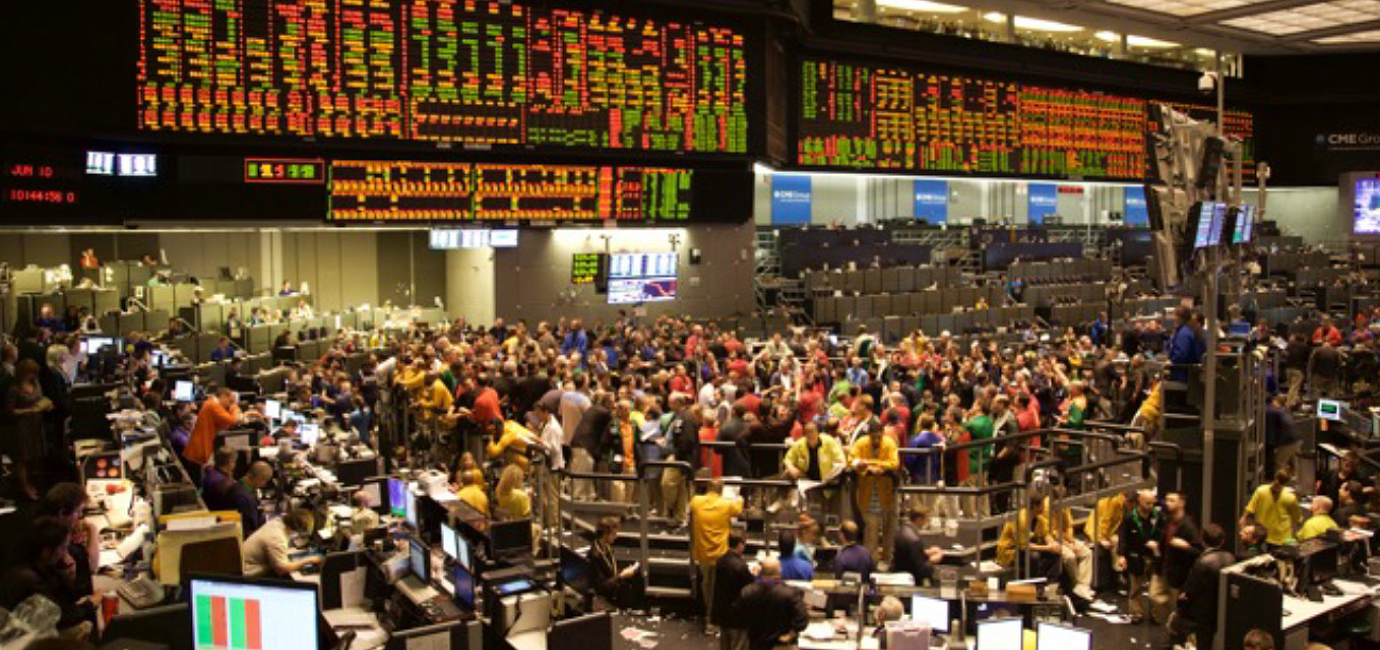
The world’s most active gold and silver futures trading venue is the United States-based Chicago Mercantile Exchange’s (CME) COMEX, but significant volumes are also traded on other exchanges including the London Metal Exchange (LME), Japan’s Tokyo Commodity Exchange (TOCOM), and China’s Shanghai Futures Exchange (SHFE). Other notable gold futures exchanges include the Hong Kong Exchange (HKEx) and the Dubai Gold and Commodities Exchange (DGCX).
Most commodities futures contracts are designed to be physically deliverable, which means that buyers of those contracts have the option to take delivery of that particular commodity once the contract expires. In practice, however, 99.9% of CME gold futures contracts are closed out or settled in cash, which is no surprise considering how complicated it is to go through with the physical delivery process. Taking delivery involves warehouse warrants, coordinating with warehouse/vault operators, and submitting relevant documentation. Investors who are simply looking to gain exposure to gold and silver will find that it’s much easier to buy bullion bars and coins and avoid the administrative hassle that comes with taking delivery via futures contracts. It is also worth noting that physically deliverable gold and silver futures contracts are quite large (100 oz of gold and 5,000 oz of silver), which puts them out of reach for most retail investors.
Gold and silver futures are effective at tracking the prices of the underlying metals (at least in ordinary times), but it’s important to be aware that they are securitized derivatives that are quite different from direct ownership of physical gold and silver. In addition, a futures brokerage account is required for trading gold and silver futures; a traditional stock brokerage account will not provide access to the futures market. It’s also important to be aware that futures trading is extremely risky due to the leverage that is involved. Unlike stocks, ETFs, or physical bullion, there is the potential to lose all of the capital in your futures trading account and even end up owing money to your brokerage firm, which is a truly nightmarish scenario. While futures are an important tool for savvy professional investors and firms, non-professionals are better off avoiding them.
Conclusion
As we have seen, there are numerous ways for traders and investors to gain exposure to gold and silver prices, but there is only one way to truly take advantage of precious metals’ greatest qualities, which is their simplicity and lack of counterparty risk. Over the past couple decades, there has been an explosion of “paper” gold and silver products that have seduced unwitting investors, but those products have many pitfalls and certainly haven’t stood the test of time the way that physical gold and silver have for over 6,000 years. Furthermore, there is a very real risk that those complex paper gold and silver products will fail in the coming global financial reset. For all of those reasons, investors are better off holding traditional bullion coins and bars that are owned free and clear without any complex financial entanglements.
We invite you to browse our large selection of gold and silver bullion products that are offered at some of the lowest prices in the industry.



